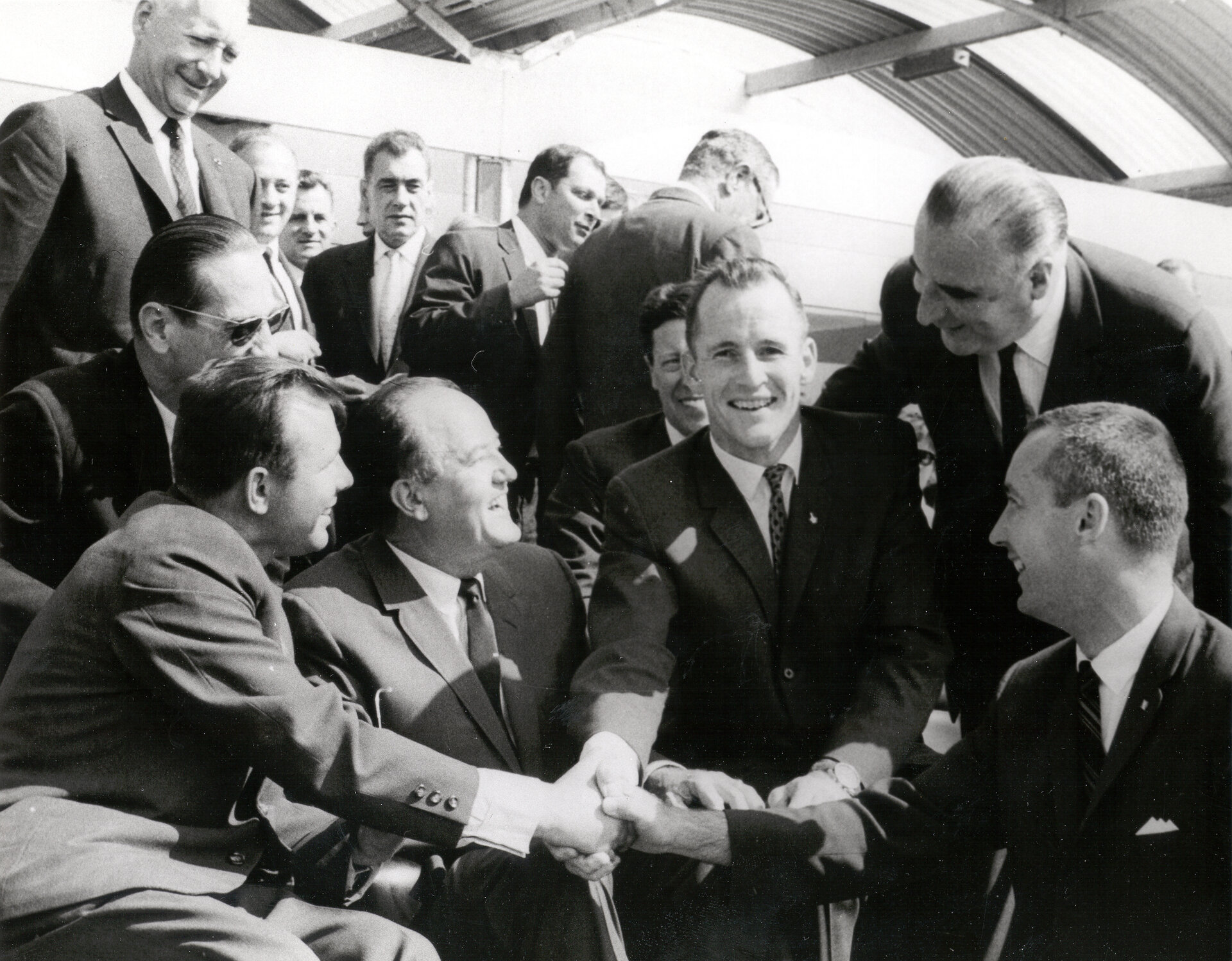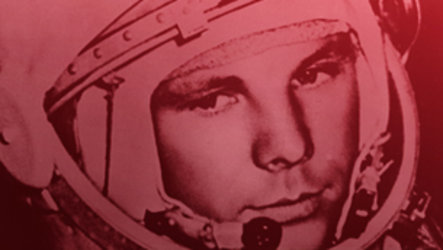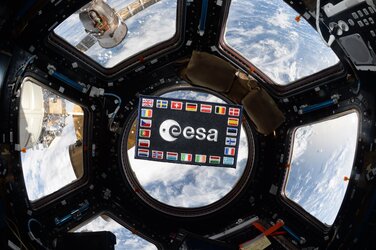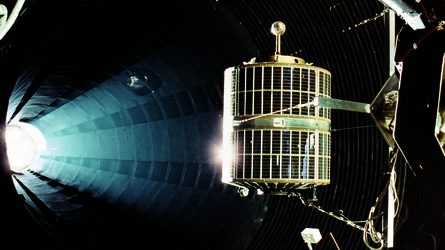Timeline of early spaceflights
Vostok (Russian for 'East') was a Soviet human spaceflight project that developed the Vostok spacecraft which was used to place the first human in space.
The first manned US spacecraft was Mercury, which was first launched in suborbital flights on Redstone rockets and then in orbital missions on Atlas launchers.
The one-seat Vostok craft were replaced by Voskhod (in the Soviet Union), and two-seat Gemini replaced Mercury in the US.
12 April 1961
Vostok 1, Yuri Gagarin (Flight duration: 1h 48 min)
5 May 1961
Mercury-Redstone 3, Alan Shepard (suborbital, 15 min 28 sec)
21 July 1961
Mercury-Redstone 4, Virgil Grissom (suborbital, 15 min 37 sec)
6 August 1961
Vostok 2, Gherman Titov (1d 1h 18 min)
20 February 1962
Merculy-Atlas 6, John Glenn (4h 55 min 23 sec)
24 May 1962
Mercury-Atlas 7, M. Scott Carpenter (4h 56 min 15 sec)
11 August 1962
Vostok 3, Andrian Nikolayev (3d 22h 22 min)
12 August 1962
Vostok 4, Pavel Popovich (2d 22h 56 min)
3 October 1962
Mercury-Atlas 8, Walter Schirra (9h 13 min 11 sec)
15 May 1963
Mercury-Atlas 9, L. Gordon Cooper (1d 10h 19 min 49 sec)
14 June 1963
Vostok 5, Valeri Bykovsky (4d 23h 7 min)
16 June 1963
Vostok 6, Valentina Tereshkova (2d 22h 50 min)







